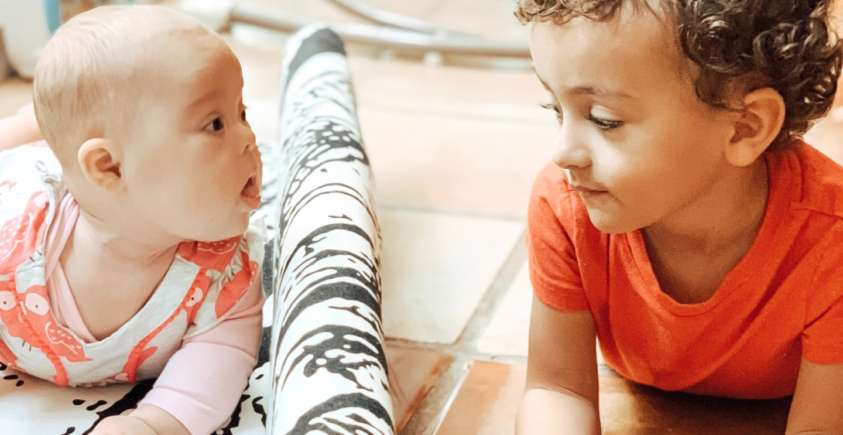
Teaching sign language to kids with Down syndrome is common. So I know this opinion may ruffle some feathers. But I believe there that may be a negative side to teaching sign language. Particularly to the extent that it is often used to replace verbal language for younger children with Down syndrome.

A few months back, I read the BEST simple explanation about thyroid function and why checking only TSH and T4 is not enough. Most importantly, why TSH and T4 alone may not be the right way to choose treatment if medication is needed.

Can you imagine a doctor showing up to surgery without knowing how to operate, but still going to the operating room to give it a good effort? That doctor simply operating and hoping for the best? As crazy as this sounds, this sort of medical care is what MANY mothers of children with Down syndrome face daily when taking their children to the pediatrician.
Top Posts

The following are the instructions for the crawling track that we made for our infant daughter. Her progress was immediate and striking. Mara started at three months. If we had to do it again she would have started the day she came home from the hospital. It is that valuable.

A few months back, I read the BEST simple explanation about thyroid function and why checking only TSH and T4 is not enough. Most importantly, why TSH and T4 alone may not be the right way to choose treatment if medication is needed.

I get asked how to handle tantrums so so often on my Instagram account, so a few weeks ago I decided to invite an expert to talk about the subject. And this now she is back to share some more insight on dealing with tantrums when there is more than one child needing your attention.

After having my son Lennox, I started to pay lots of attention to the products we used at home and WOW! Lots and lots of toxins that we were inhaling all the time. When you add our little girl, Mara, to the equation – given that kids with Down syndrome may have oxidative stress which is a decreased ability to detoxify – it was a MUST to get rid of all toxins at home.

Oh, potty training! When it comes to delays in children with Down syndrome, I have read a lot about potty-training. I must confess that I found it really intimidating. But that did not stopped me from continuing to research. During my time trying to learn more about successful potty-training experiences, I learned about “elimination communication”. I found stories from many moms talking about how by using this method, they had been able to get their kids with DS potty-trained within a neuro-typical range.


